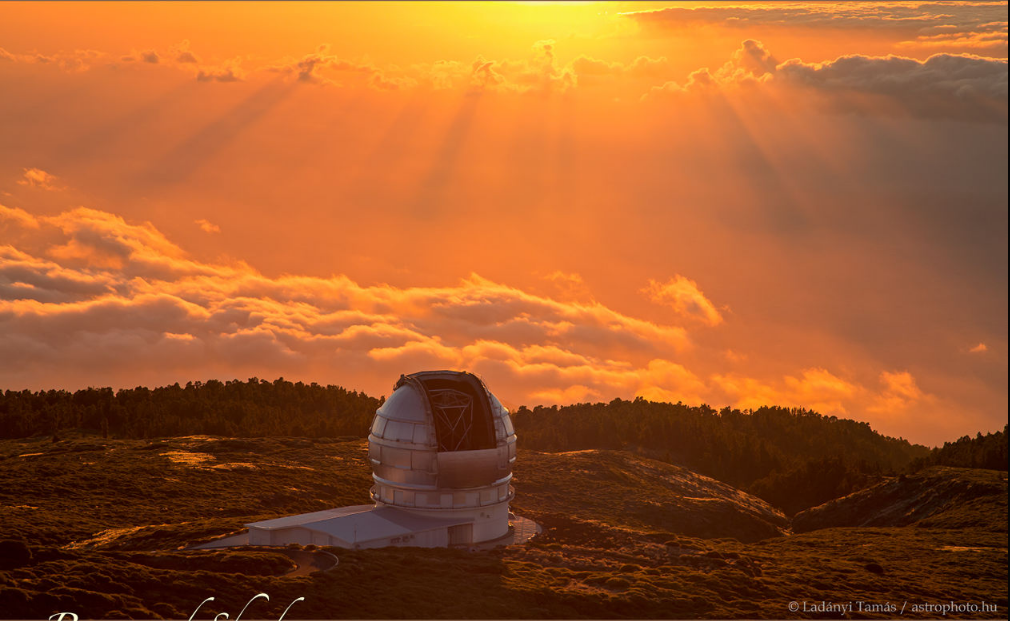Crepuscular rays and shadows
Crepuscular Rays and Shadows: A Spectacular Atmospheric Phenomenon
Crepuscular rays and shadows are mesmerizing atmospheric optical phenomena that occur when sunlight passes through gaps in clouds or other objects, creating beautiful beams of light and darkened areas. These phenomena are often observed during sunrise or sunset, when the angle of the sun is low, and the atmosphere is filled with suspended particles that scatter light.
The Formation of Crepuscular Rays
Crepuscular rays, also known as sunbeams or god rays, are beams of sunlight that appear to radiate from the position of the sun. They are caused by the scattering and absorption of sunlight by dust, water droplets, or other suspended particles in the atmosphere. When sunlight encounters obstacles such as clouds, mountains, or buildings, it casts shadows and illuminates the spaces between them, creating a stunning visual effect.
The Science Behind Crepuscular Shadows
Crepuscular shadows, on the other hand, are the darkened areas that appear between the rays of sunlight. These shadows result from the blocking of direct sunlight by objects in the atmosphere, such as clouds or landforms. As the sun's rays pass through gaps or breaks in these objects, they cast shadows onto the surrounding air molecules, making them appear darker in contrast to the illuminated regions.
Factors Influencing Crepuscular Rays and Shadows
Several factors contribute to the formation and appearance of crepuscular rays and shadows:
-
Sun Angle: The angle at which the sun's rays interact with the atmosphere plays a crucial role. During sunrise or sunset, when the sun is near the horizon, the light has to pass through a larger portion of the atmosphere, increasing the chances of scattering and creating more prominent rays and shadows.
-
Atmospheric Conditions: The presence of suspended particles in the air, such as dust, water droplets, or pollutants, enhances the scattering of sunlight, intensifying the effect of crepuscular rays and shadows. The size, shape, and composition of these particles also influence the appearance of the phenomenon.
-
Obstacles: Objects like clouds, mountains, trees, or buildings act as barriers for sunlight, casting shadows and creating distinct patterns of rays. The arrangement and density of these obstacles determine the complexity and shape of the rays and shadows.
Anti-Crepuscular Rays: A Mirrored Phenomenon
In addition to crepuscular rays, another fascinating phenomenon known as anti-crepuscular rays can occur. These rays appear to converge towards the antisolar point, which is the point opposite to the position of the sun in the sky. While crepuscular rays seem to radiate from the sun, anti-crepuscular rays form on the opposite side of the sky. This phenomenon can be observed from locations where the observer's shadow falls directly opposite to the sun.
Observing Crepuscular Rays and Shadows
To witness the awe-inspiring beauty of crepuscular rays and shadows, finding an unobstructed view of the horizon during sunrise or sunset is essential. Here are a few tips for observing and photographing these phenomena:
-
Location: Choose a location with a clear view of the horizon and minimal light pollution for optimal visibility.
-
Timing: Plan your observation during sunrise or sunset when the sun is low on the horizon.
-
Patience: Sometimes, crepuscular rays may only be visible for a few minutes, so patience is key.
-
Photography: To capture the intricate details of crepuscular rays and shadows, use a wide-angle lens and experiment with different exposure settings.
Cultural Significance
Crepuscular rays and shadows have fascinated humans throughout history, often inspiring awe and spiritual interpretations. Many ancient civilizations associated these phenomena with divine or supernatural powers. Today, they continue to captivate and inspire photographers, artists, and nature enthusiasts alike.
Conclusion
Crepuscular rays and shadows are enchanting atmospheric optical phenomena that add a touch of magic to our skies during sunrise and sunset. Understanding the science behind their formation and the factors that influence their appearance allows us to appreciate their beauty even more. So, the next time you witness these breathtaking displays of light and shadow, take a moment to pause and marvel at the wonders of our atmosphere.

Rays and Shadows
A scene looking downwards onto the clouds from 2400m on La Palma, one of
the Canary Islands off the coast of Africa. Tamás Ladányi (site, TWAN) imaged it. The telescope is the 10.4m Gran Telescopio Canarias of the Roque de los Muchachos Observatory.
From this high vantage point the source of each long shadow is visible. The parallel rays and shadows appear to point towards the sun. From a ship a few miles to the west they could be anti-crepuscular rays pointing to the antisolar point.
Note: this article has been automatically converted from the old site and may not appear as intended. You can find the original article here.
Reference Atmospheric Optics
If you use any of the definitions, information, or data presented on Atmospheric Optics, please copy the link or reference below to properly credit us as the reference source. Thank you!
-
<a href="https://atoptics.co.uk/blog/crepuscular-rays-and-shadows/">Crepuscular rays and shadows </a>
-
"Crepuscular rays and shadows ". Atmospheric Optics. Accessed on April 16, 2024. https://atoptics.co.uk/blog/crepuscular-rays-and-shadows/.
-
"Crepuscular rays and shadows ". Atmospheric Optics, https://atoptics.co.uk/blog/crepuscular-rays-and-shadows/. Accessed 16 April, 2024
-
Crepuscular rays and shadows . Atmospheric Optics. Retrieved from https://atoptics.co.uk/blog/crepuscular-rays-and-shadows/.